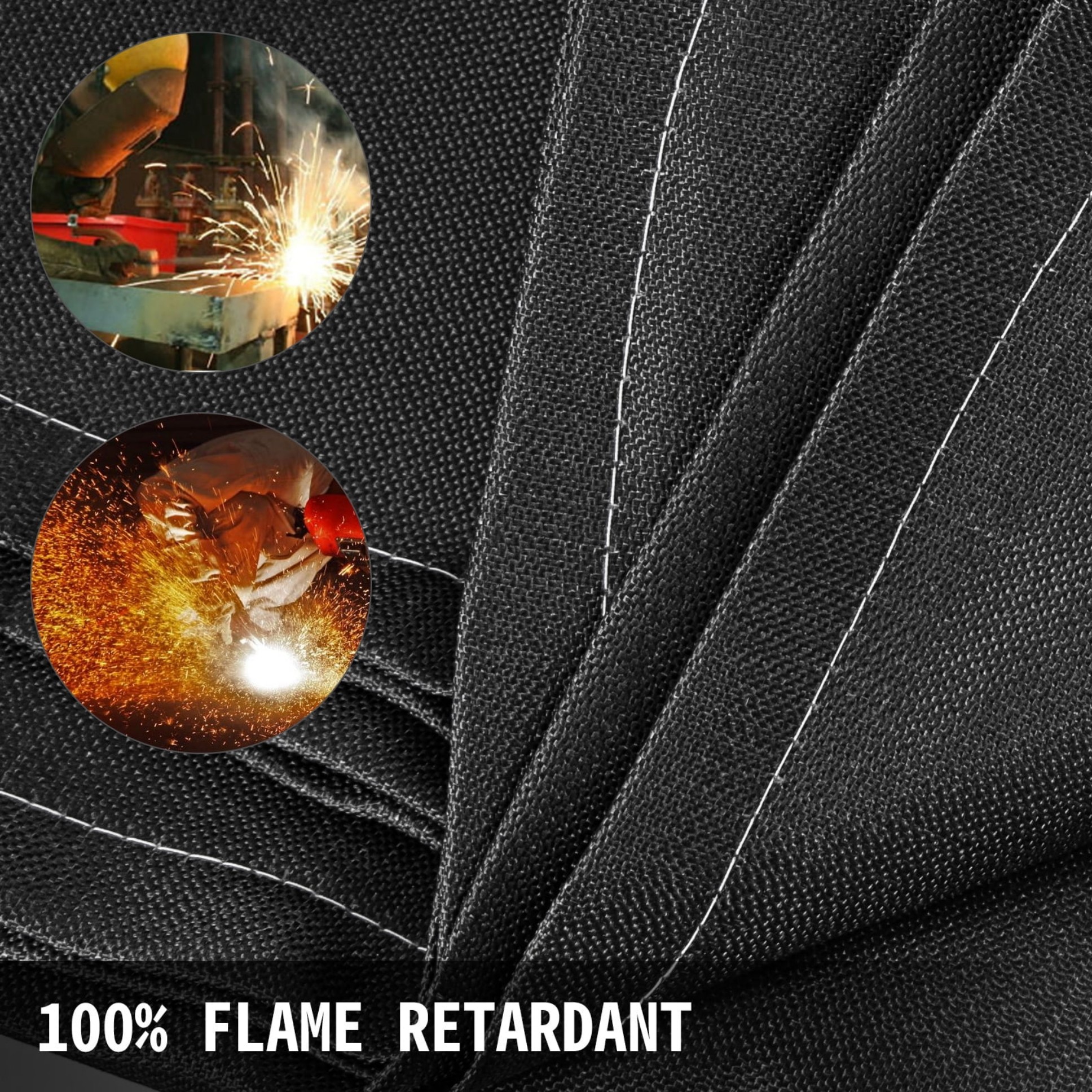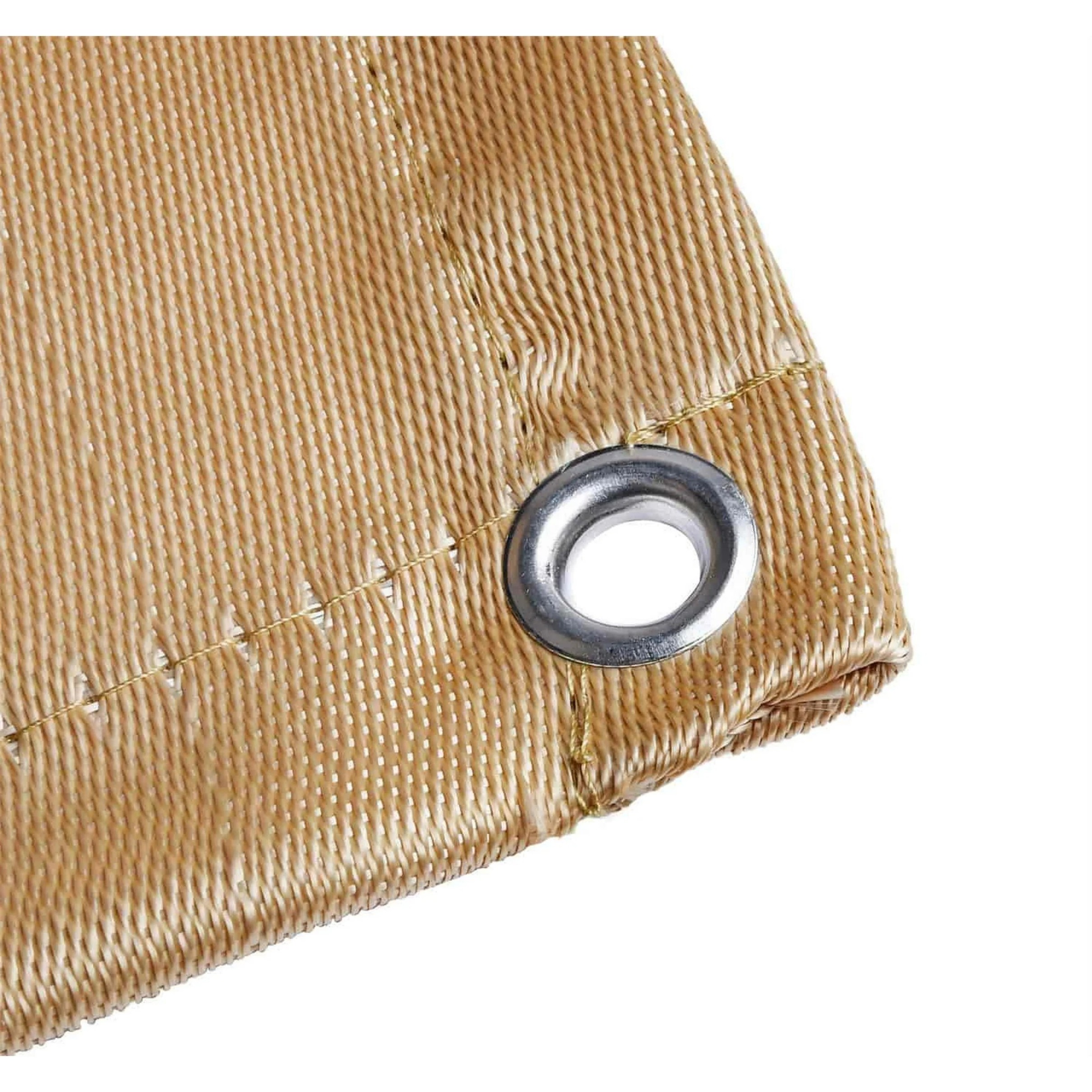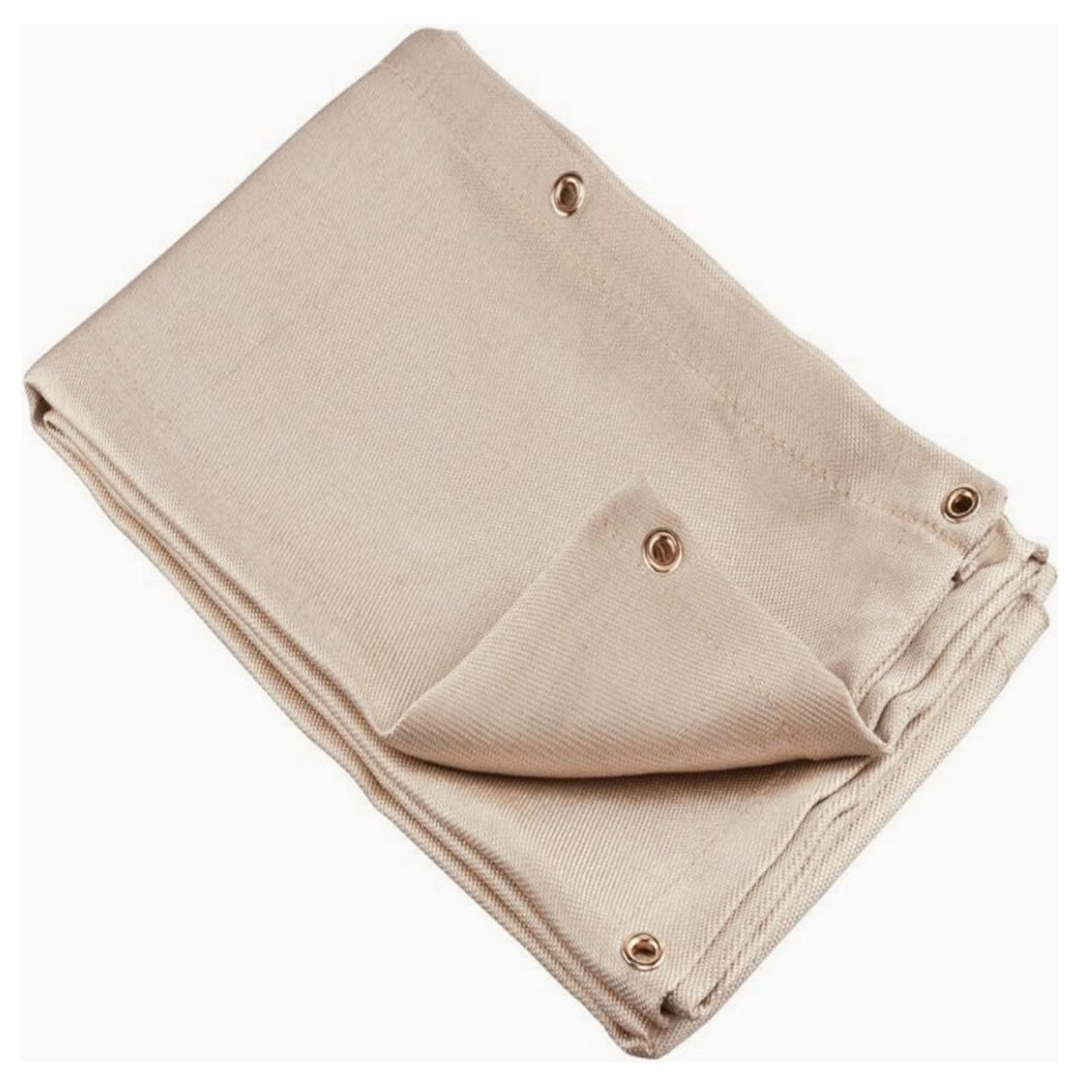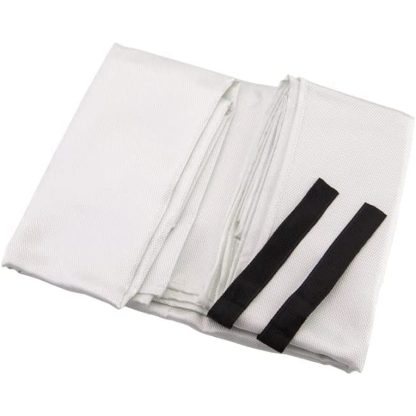How Welding Stress Relief Blankets Improve Metalwork Quality | Professional Guide
Welding stress relief blankets help control cooling rates in welded metals, preventing cracks and distortions. This guide explains their benefits, how they work, and proper usage techniques for optimal results in your welding projects.
What is a Welding Stress Relief Blanket?
A welding stress relief blanket is a specialized thermal insulation product designed to slow down the cooling process of welded metals. When you weld, the extreme heat creates internal stresses in the metal. These stresses can lead to warping, cracking, or weakened joints if not properly managed.
The blanket wraps around your welded component, maintaining even temperatures during the critical cooling phase. Unlike regular insulation, welding stress relief blankets can withstand extremely high temperatures (typically up to 2000°F/1093°C) while providing consistent thermal protection.
Key Benefits of Using Welding Stress Relief Blankets
- Prevents cracking:By controlling cooling rates, you reduce thermal shock that causes cracks
- Minimizes distortion:Even cooling prevents warping and maintains dimensional accuracy
- Improves joint strength:Proper stress relief enhances the metallurgical properties of welds
- Saves time and money:Reduces need for rework and post-weld heat treatment
- Versatile application:Works on various metals including steel, stainless steel, and alloys
Professional Tip:For critical applications, combine your welding stress relief blanket with temperature indicators to monitor the cooling curve precisely.
How Welding Stress Relief Blankets Work
When you weld, the intense localized heating creates expansion in the metal. As it cools, uneven contraction occurs, leading to residual stresses. The blanket works by:
- Creating an insulated environment around the weld zone
- Slowing heat dissipation to match the metal's natural cooling characteristics
- Maintaining temperature uniformity across the entire component
- Allowing controlled phase transformations in the metal structure
This process effectively "relaxes" the metal, redistributing internal stresses more evenly throughout the material rather than concentrating them at the weld joint.
Choosing the Right Welding Stress Relief Blanket
Selecting the appropriate blanket depends on several factors:
- Temperature rating:Must exceed your welding process temperatures
- Material thickness:Thicker blankets provide better insulation but may be less flexible
- Size and shape:Should accommodate your typical workpieces
- Fabric composition:Ceramic fiber blankets offer excellent heat resistance
- Attachment method:Look for secure fastening systems like straps or Velcro
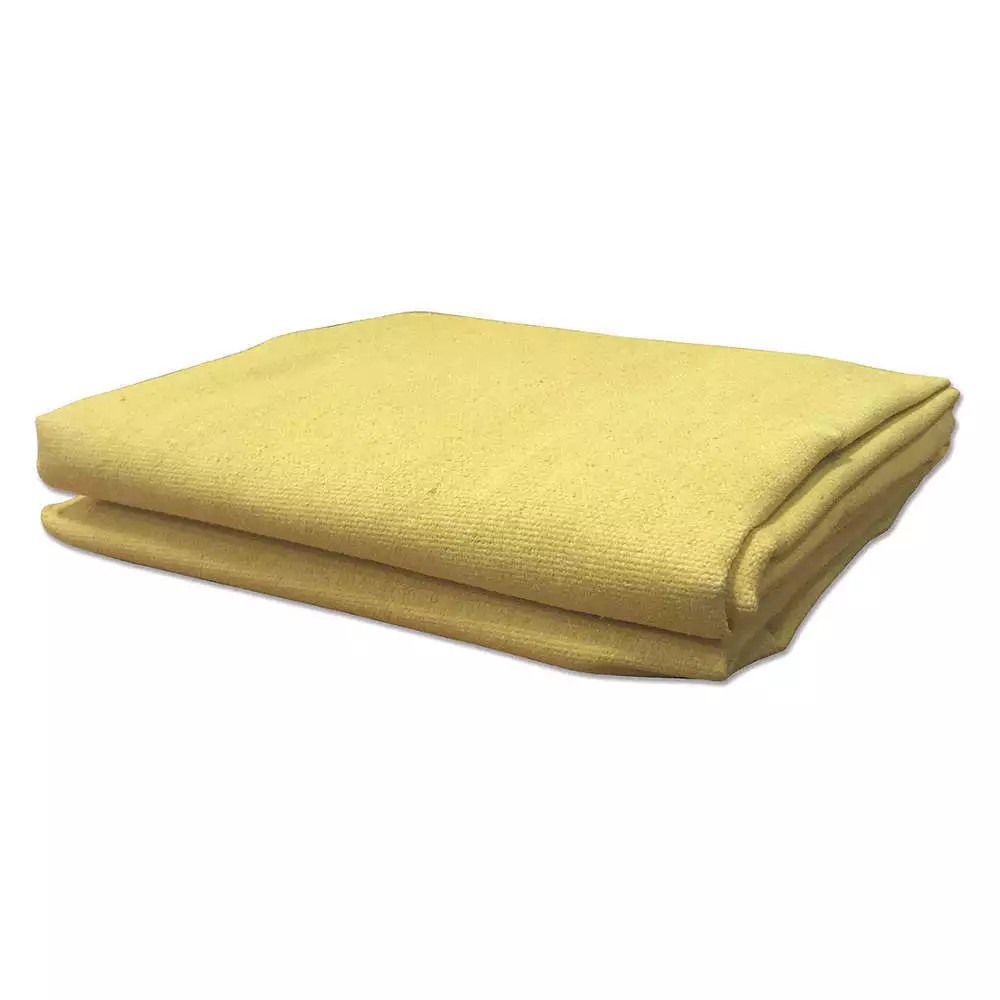
Proper Usage Techniques
To get the most from your welding stress relief blanket:
- Clean the weld area thoroughly before application
- Wrap the blanket immediately after completing the weld
- Ensure complete coverage of the heat-affected zone
- Secure the blanket tightly to prevent air gaps
- Leave in place until the metal cools below 300°F (149°C)
- Inspect for proper adhesion during the cooling process
Common Applications
Welding stress relief blankets are particularly valuable for:
- Pipeline welding in oil and gas industries
- Heavy equipment repair and manufacturing
- Pressure vessel construction
- Structural steel fabrication
- Shipbuilding and marine applications
- Aerospace component manufacturing
Maintenance and Care
To extend your welding stress relief blanket's lifespan:
- Store flat or rolled (never folded) in a dry location
- Clean off slag and spatter after each use
- Inspect regularly for tears or thinning areas
- Replace when insulation performance declines
- Follow manufacturer's specific care instructions
Safety Note:Always wear appropriate PPE when handling used welding stress relief blankets, as they may contain hot particles or sharp edges.
Comparing to Alternative Methods
While other stress relief methods exist (like furnace treatments or induction heating), welding stress relief blankets offer distinct advantages:
- Portability:Can be used on-site without moving large components
- Cost-effectiveness:Lower operational costs than furnace treatments
- Energy efficiency:Uses the weld's existing heat rather than adding more
- Flexibility:Adapts to complex geometries better than rigid systems
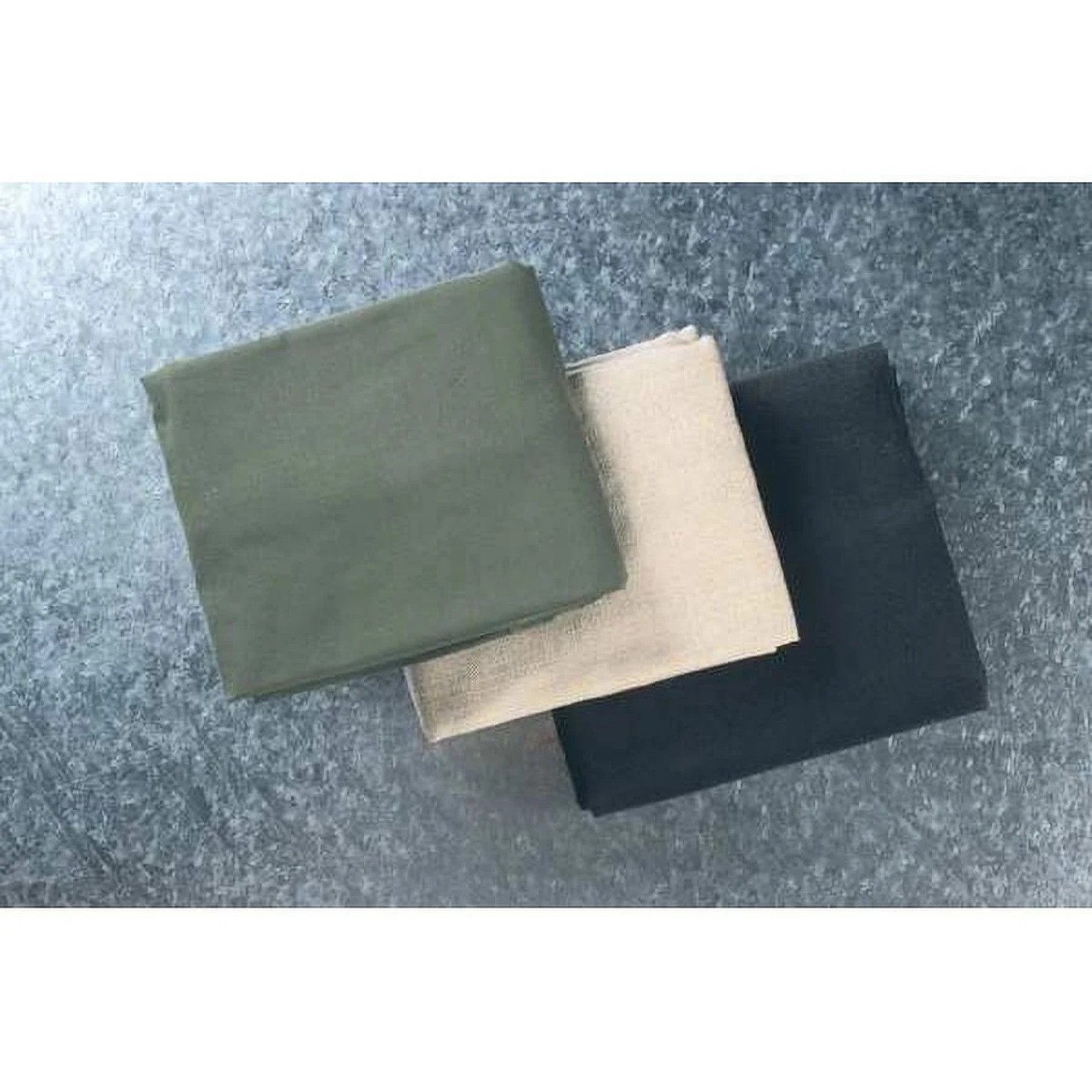
For most field welding applications and many shop environments, welding stress relief blankets provide the optimal balance of performance and practicality.
Conclusion
Incorporating a welding stress relief blanket into your welding procedures significantly improves weld quality and component reliability. By understanding proper selection and usage techniques, you can prevent common welding defects, reduce rework, and produce stronger, more durable welded structures. Whether you're working on critical industrial components or general fabrication, this simple tool can make a substantial difference in your results.


